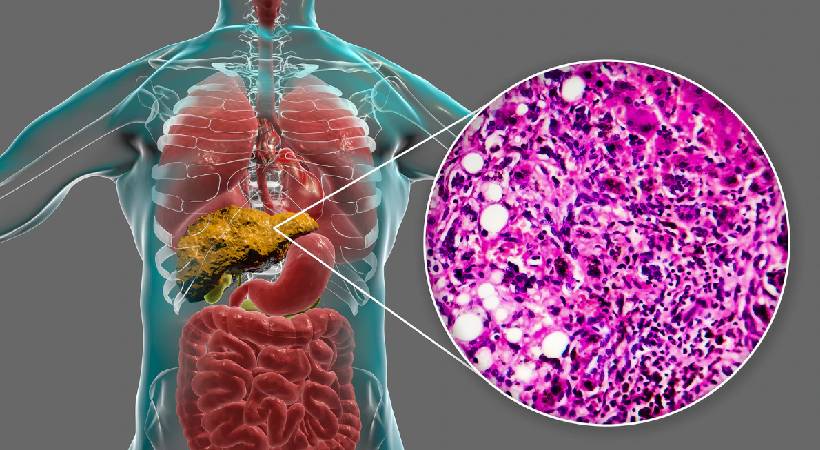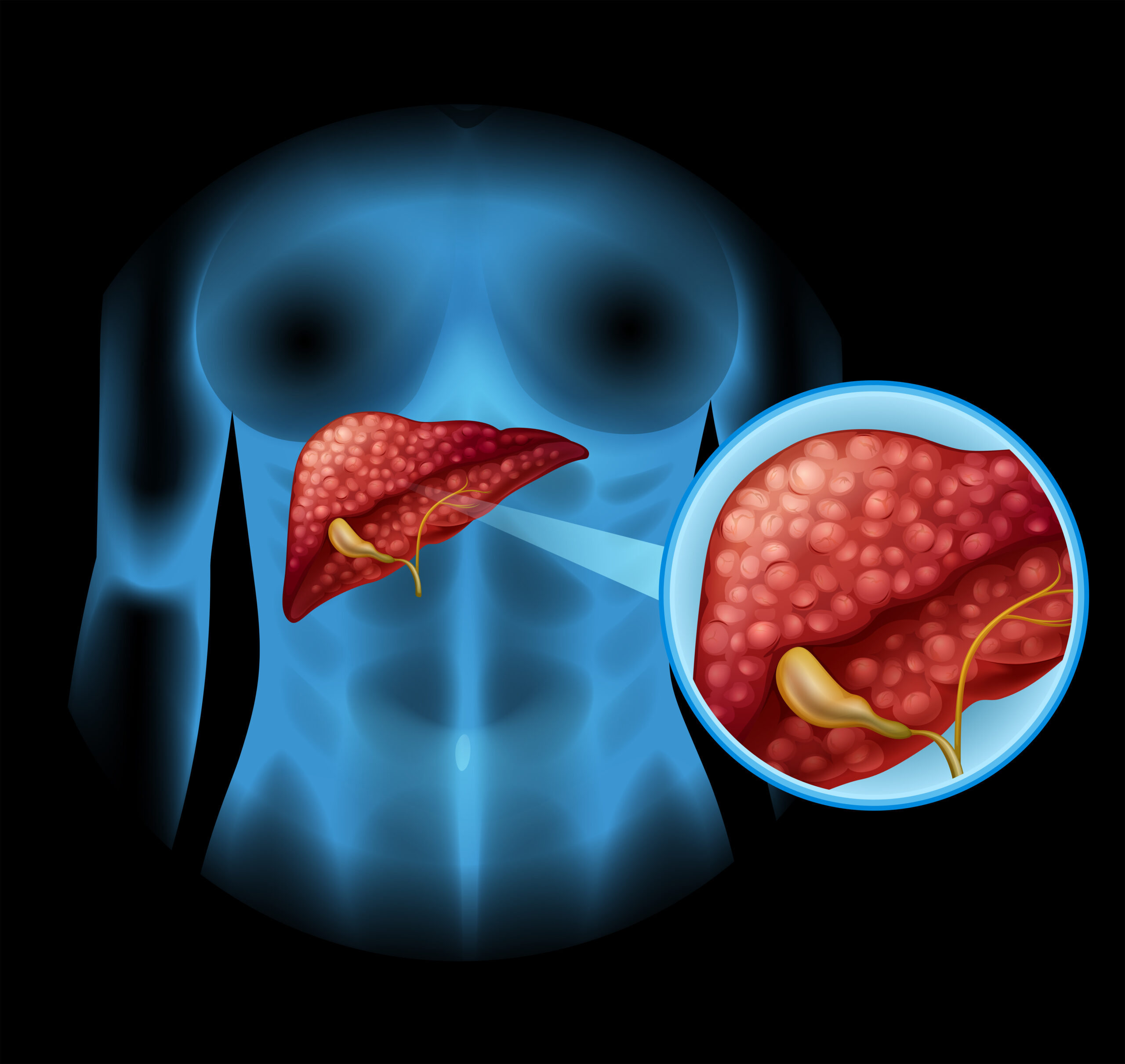The liver is one of the most vital organs in...

Non-alcoholic steatohepatitis (NASH) is a stealthy condition that has been quietly rising in prevalence, presenting a significant health threat worldwide. Often referred to as the “silent epidemic,” NASH is a form of non-alcoholic fatty liver disease (NAFLD) characterized by inflammation and liver cell damage, resembling the damage caused by excessive alcohol consumption but occurring in individuals who drink little to no alcohol.
The Rising Epidemic:
NASH has become a pressing public health concern, mirroring the global rise in obesity and metabolic syndrome. These conditions are closely linked to the development of fatty liver disease, with NASH being its more severe and progressive form. According to recent estimates, NASH affects millions of individuals worldwide, with numbers projected to escalate in the coming years if preventive measures are not taken.
Understanding NASH:
- Pathophysiology: The primary trigger for NASH is the accumulation of fat in the liver, known as hepatic steatosis. While fat buildup alone may not cause harm, inflammation and liver cell injury, often driven by metabolic dysfunction and oxidative stress, are key factors that differentiate NASH from simple fatty liver.
- Risk Factors: Several factors contribute to the development of NASH, including obesity, type 2 diabetes, insulin resistance, high cholesterol, and metabolic syndrome. Genetic predisposition also plays a role, indicating that susceptibility to NASH varies among individuals.
- Clinical Presentation: NASH is insidious in its onset, often asymptomatic in the early stages. However, as the disease progresses, individuals may experience fatigue, abdominal discomfort, and in severe cases, jaundice, ascites, and hepatic encephalopathy. Complications of advanced NASH include cirrhosis, liver failure, and an increased risk of hepatocellular carcinoma (HCC).
Diagnosis and Management:
- Diagnostic Challenges: Diagnosing NASH can be challenging due to its silent nature and the lack of specific symptoms. Liver function tests, imaging studies (ultrasound, MRI, CT), and liver biopsy remain the primary diagnostic modalities, although efforts are underway to develop non-invasive biomarkers for early detection.
- Treatment Strategies: Currently, no pharmacological agents are approved specifically for the treatment of NASH. Management primarily focuses on lifestyle modifications, including weight loss, dietary changes, regular exercise, and control of underlying metabolic risk factors. However, several promising drugs targeting various pathways involved in NASH pathogenesis are undergoing clinical trials.
- Preventive Measures: Given the strong association between NASH and metabolic disorders, preventive strategies emphasize the importance of weight management, healthy eating habits, regular physical activity, and early identification and management of underlying conditions such as diabetes and dyslipidemia.
The Road Ahead:
As the prevalence of NASH continues to rise, addressing this silent epidemic requires a multifaceted approach involving healthcare providers, policymakers, and the community at large. This includes raising awareness about the risk factors and consequences of NASH, promoting early detection through screening programs, and advocating for research funding to develop effective therapies.
In conclusion, NASH represents a significant and growing public health challenge with far-reaching implications for global health systems. By prioritizing prevention, early detection, and targeted interventions, we can mitigate the burden of NASH and improve the lives of millions affected by this silent yet formidable liver disease.
Real Patients, Real Stories
Liver Transplant and Biliary Sciences Blogs
Dr. Manoj Shrivastav & Team at Jupiter
The toddler had a huge 20 cm lump sitting on...
Jupiter Hospital Performs paediatric whole liver transplant
PUNE: An expert team of Jupiter Hospital, Pune performed...
Understanding the Symptoms of Metabolic Liver Diseases
By Dr. Manoj Shrivastav – Liver Specialist in Pune |...





